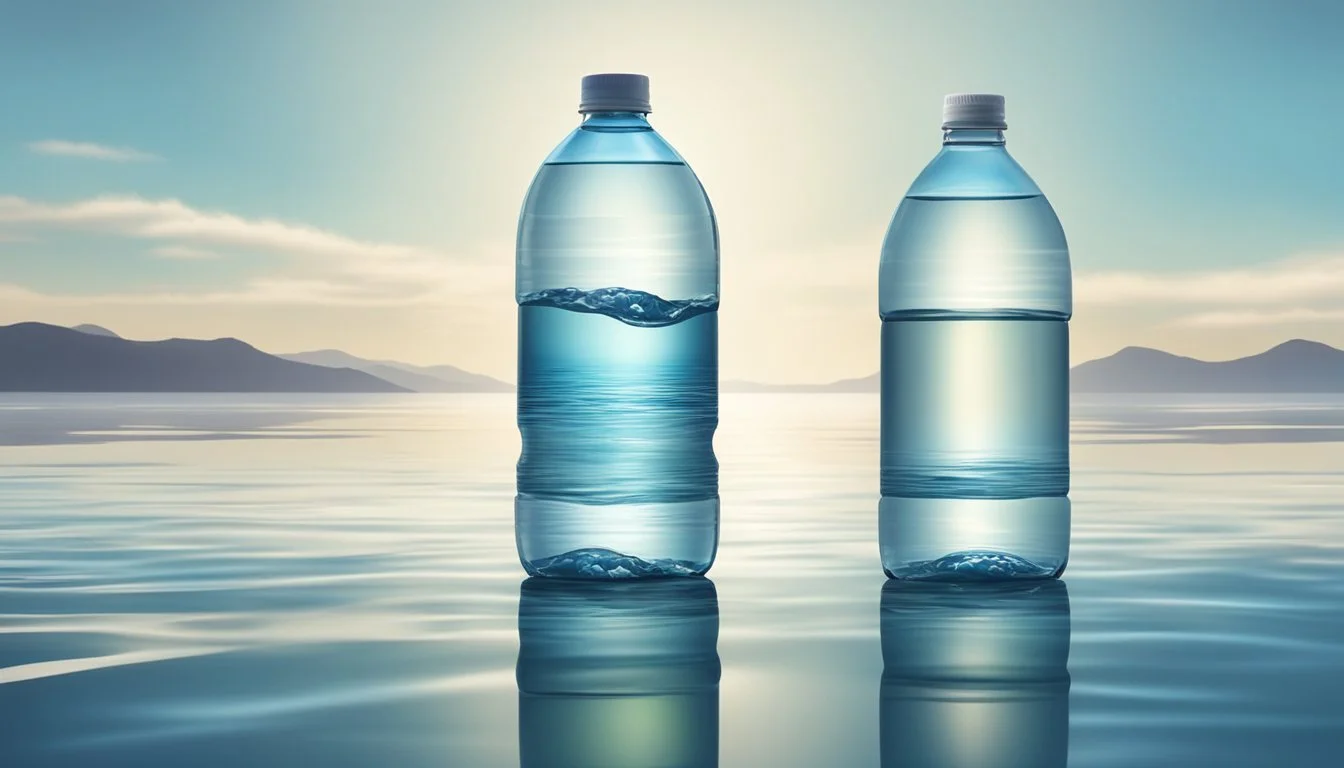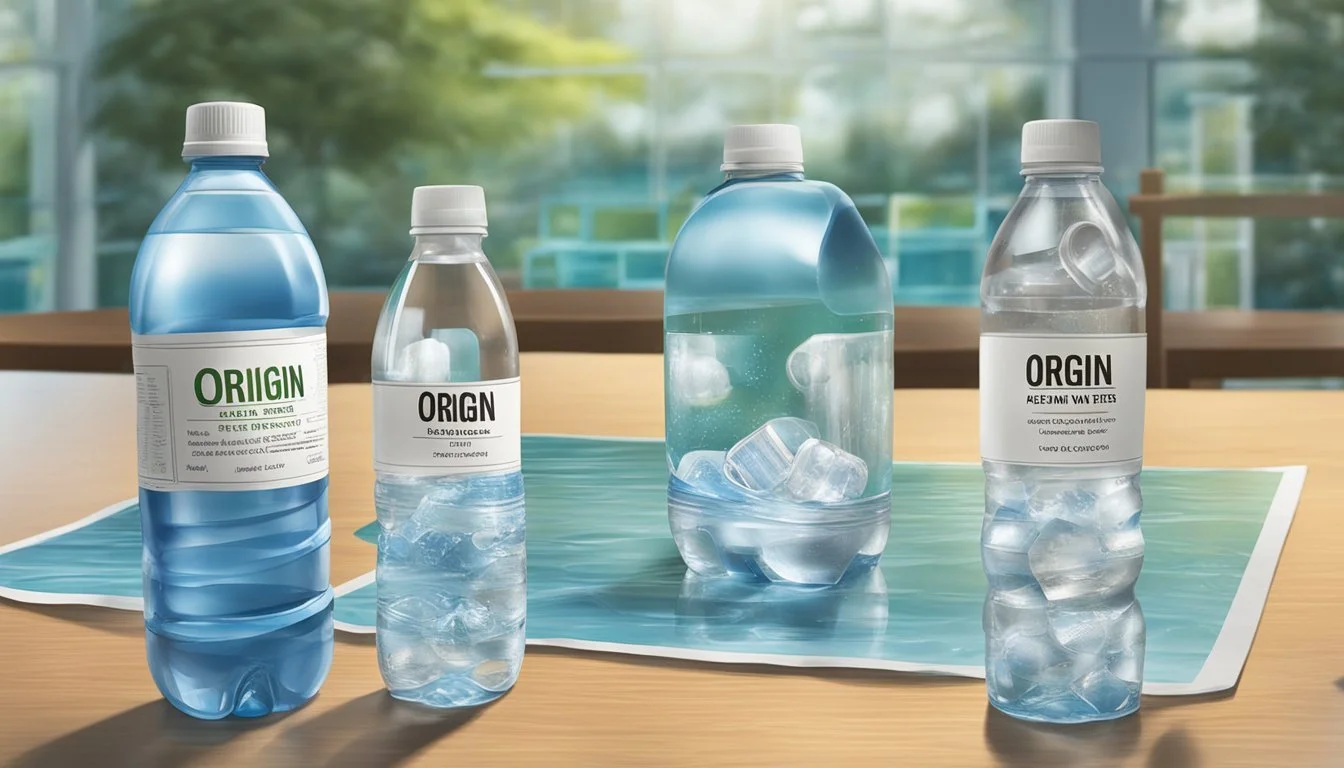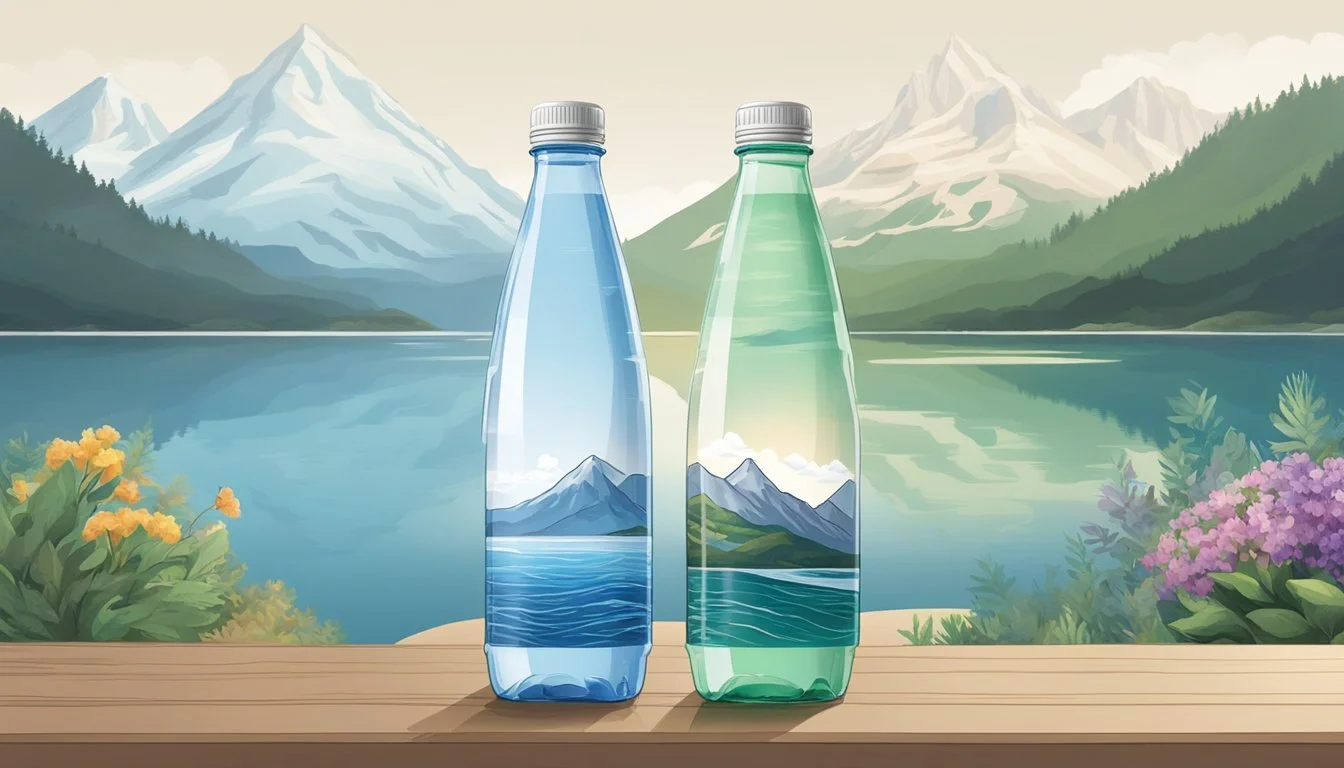Origin vs. Open Water
Comparing Bottled Water Quality
When deciding between Origin and Open Water bottled water brands, consumers often weigh factors such as taste, health benefits, and environmental impact. Both brands offer unique attributes that appeal to different preferences.
Origin bottled water prides itself on its clean, crisp taste sourced from pristine springs. It provides essential minerals that support a healthy lifestyle. In contrast, Open Water is known for its commitment to sustainability, using aluminum bottles that drastically reduce plastic waste. For those prioritizing environmental consciousness, Open Water stands out as the superior choice.
The taste of water can be subtle yet impactful. Origin’s taste comes from natural springs, offering a fresh, almost velvety texture. Open Water also delivers a pure taste, though its major appeal lies in its eco-friendly packaging. By considering these factors, consumers can decide which bottled water brand aligns best with their values and needs.
Understanding Bottled and Tap Water
Both bottled and tap water undergo various processes to ensure safety and quality, but they differ significantly in terms of source, treatment, cost, and environmental impact. This section will explore these differences to provide a clearer picture.
The Basics of Bottled Water
Bottled water comes from multiple sources including spring water, mineral water, and sometimes even municipal sources. The FDA regulates bottled water, ensuring it meets specific safety standards.
Many products boast added minerals or electrolytes. Plastic bottles are common, but they pose environmental concerns due to their non-biodegradable nature. Additionally, bottled water is considerably more expensive than tap water, largely due to production and packaging costs.
Tap Water: Source and Treatment
Tap water, or municipal water, typically originates from reservoirs, lakes, and wells. The Environmental Protection Agency (EPA) regulates it under the Safe Drinking Water Act, which mandates rigorous testing for contaminants.
Municipal water treatment involves processes like filtration, chlorine disinfection, and sometimes fluoride addition for dental health. Despite common misconceptions, it is usually as safe as bottled water, given it is regularly tested for contaminants like lead.
Concerns can arise from old lead pipes and improper local infrastructure, but these are monitored and addressed by regulatory bodies to ensure public safety.
Health and Safety Concerns
Health and safety concerns about bottled water often revolve around contaminants and the standards regulating these products. Various substances, including chemicals, bacteria, and even microplastics, can affect the quality of both bottled and tap water.
Comparative Risks of Bottled vs. Tap Water
Bottled Water:
Bottled water can sometimes contain microplastics and chemicals leached from plastic bottles, raising concerns about long-term health risks.
Some bacteria may develop due to improper storage conditions.
While generally considered safe to drink, occasional contamination cases have been reported, necessitating recalls.
Tap Water:
Tap water is subject to strict regulations by the Environmental Protection Agency (EPA), mitigating many health risks.
Lead and other harmful contaminants could still be present due to old plumbing systems.
Routine testing for pH, bacteria, and other potential toxins usually ensures it remains safe for consumption.
Regulations and Standards of Purity
Bottled Water Regulations:
The FDA oversees bottled water, ensuring it meets specific safety standards.
Requirements include regular testing for contaminants like lead and bacteria.
Despite regulations, the Environmental Working Group (EWG) has criticized some bottled water brands for not being as pure as advertised.
Tap Water Standards:
The EPA mandates rigorous testing and compliance with the Safe Drinking Water Act.
Municipal water supplies undergo routine analyses for contaminants and pH levels to ensure safety.
Public disclosures of water quality reports provide transparency and keep residents informed about potential health risks.
Environmental Implications
Bottled water has significant environmental impacts stemming from its production, disposal, and the sustainability of its water sources.
Bottle Production and Disposal
The production of plastic bottles requires substantial resources and energy. Manufacturing uses petroleum-based plastics, contributing to the depletion of natural resources and the emission of greenhouse gases.
Glass bottles are an alternative, but their production is energy-intensive and costly. Moreover, transportation of heavy glass bottles results in higher carbon emissions.
Recycling rates for plastic bottles are low, leading to a large volume ending up in landfills. These non-biodegradable plastics persist in the environment, polluting land and water ecosystems.
Efforts to improve recycling rates and reduce plastic bottle use are critical to mitigating the environmental impact.
Water Source Sustainability
The extraction of water for bottling can strain local water sources, especially in areas prone to natural disasters or droughts. Over-extraction can lead to depletion of aquifers, adversely affecting local communities and ecosystems.
Sustainable sourcing practices and regulations are vital to ensure that water bottling does not compromise the availability of fresh water for other uses. Companies need to monitor and manage the impact of their water extraction to protect Earth's water resources.
Ensuring sustainable water management practices helps maintain environmental balance and supports long-term resource availability.
Taste Preferences and Water Sommeliers
Water taste varies significantly depending on its mineral composition. For instance, minerals like sodium chloride can give water a salty flavor, while magnesium or calcium can impart bitterness. This variation often surprises those who believe water is tasteless.
Water sommeliers are professionals trained to detect these subtle differences. They can distinguish between various types of bottled water and recommend them based on individual taste preferences.
Blind taste tests show stark differences between water brands. Some consumers prefer the smooth, soft taste of Fiji water, attributed to its silica content, while others might favor a crisper, more mineral-heavy option.
Water brands cater to diverse palates:
Brand Key Characteristics Fiji Smooth, soft, high silica Evian Mineral-rich, hint of calcium Voss Clean, fresh, slight mineral taste
Understanding these preferences can guide better choices. Water sommeliers help in making informed decisions, enhancing the appreciation of this fundamental beverage.
Cost and Convenience Factors
The cost and convenience of bottled water versus tap water vary significantly. When considering expenses, bottled water tends to be much pricier, while tap water is far more accessible and supported by extensive infrastructure.
Bottled Water: Paying for Convenience
Bottled water offers convenience but at a higher cost. A gallon of bottled water can cost up to $9.47 as opposed to tap water, which averages around $0.005 per gallon. Bottled water can be easily found in grocery stores and convenience shops, making it readily available for those on the go.
However, this convenience comes with a significant expense, as the cost of bottled water can add up over time. For example, the annual cost for a household of two consuming bottled water can reach approximately $450 per year. Moreover, the varying sources and packaging of bottled water can lead to differences in taste and quality.
Tap Water: Accessibility and Infrastructure
Tap water is typically far more inexpensive and accessible through public water systems. Consumers only pay their regular water bill, which makes tap water an economical choice. Municipalities have invested in vast infrastructure to ensure reliable access to clean water.
Public water systems provide infrastructure that supports consistent availability. This network ensures that tap water is almost always on hand wherever there is plumbing. Filtered tap water can also improve taste and safety, offering a middle ground between convenience and cost.
In summary, while tap water is an inexpensive option bolstered by extensive public infrastructure, bottled water provides convenience at a much higher price.
Alternatives to Traditional Bottled and Tap Water
Consumers seeking to explore water options beyond traditional tap and bottled water may consider home water filtration systems and reusable bottles. These alternatives can be more cost-effective and environmentally friendly.
Home Water Filtration Systems
Home water filtration systems provide a convenient way to ensure clean drinking water. Options range from simple charcoal filters to complex reverse osmosis systems.
Brands like Brita and Mitte offer products that remove impurities such as chlorine, lead, and sediments. Brita's pitcher filters are easy to use and capable of significantly improving taste and odor.
Mitte goes a step further by mineralizing filtered water, aiming to mimic the qualities of natural spring water. While initial setup costs can vary, these systems often lead to savings over time compared to bottled water purchases. Using filtered water from these systems can also reduce plastic waste, benefiting the environment.
Using Reusable Bottles
Switching to reusable water bottles addresses both economic and environmental concerns. Reusable bottles come in various materials like stainless steel, glass, and BPA-free plastic.
They are designed to be durable and portable, promoting consistent hydration without the expense and waste associated with single-use plastics. Brands such as Nalgene and Hydro Flask offer highly durable options that keep water cold for extended periods.
Incorporating a reusable bottle into daily routines can drastically cut down on plastic usage, making this choice a sustainable and cost-effective alternative to traditional bottled water. Furthermore, these bottles can often be filled with filtered water, combining the benefits of both alternatives.
More About Origin
Mountain Valley Spring Water vs Origin: Which Bottled Water is Better?
Origin vs Kirkland Signature: Which Bottled Water is Better?
Origin vs Richard's Rainwater: Which Bottled Water is Better?
Origin vs Whole Foods Italian Still Mineral water: Which Bottled Water is Better?
More About Open Water
Aqua Carpatica vs Open Water: Which Bottled Water is Better?
Cascade Mountain vs Open Water: Which Bottled Water is Better?
Core Hydration vs Open Water: Which Bottled Water is Better?
Crystal Geyser vs Open Water: Which Bottled Water is Better?
Hawaii Volcanic vs Open Water: Which Bottled Water is Better?
Hawaiian Springs vs Open Water: Which Bottled Water is Better?
Icelandic Glacial vs Open Water: Which Bottled Water is Better?
Mountain Valley Spring Water vs Open Water: Which Bottled Water is Better?
Nestle Pure Life vs Open Water: Which Bottled Water is Better?
Open Water vs Kirkland Signature: Which Bottled Water is Better?
Open Water vs Whole Foods 365: Which Bottled Water is Better?
Richard's Rainwater vs Open Water: Which Bottled Water is Better?
San Pellegrino vs Open Water: Which Bottled Water is Better?
Solan de Cabras vs Open Water: Which Bottled Water is Better?
Talking Rain AQA vs Open Water: Which Bottled Water is Better?
Whole Foods Italian Still Mineral water vs Open Water: Which Bottled Water is Better?







